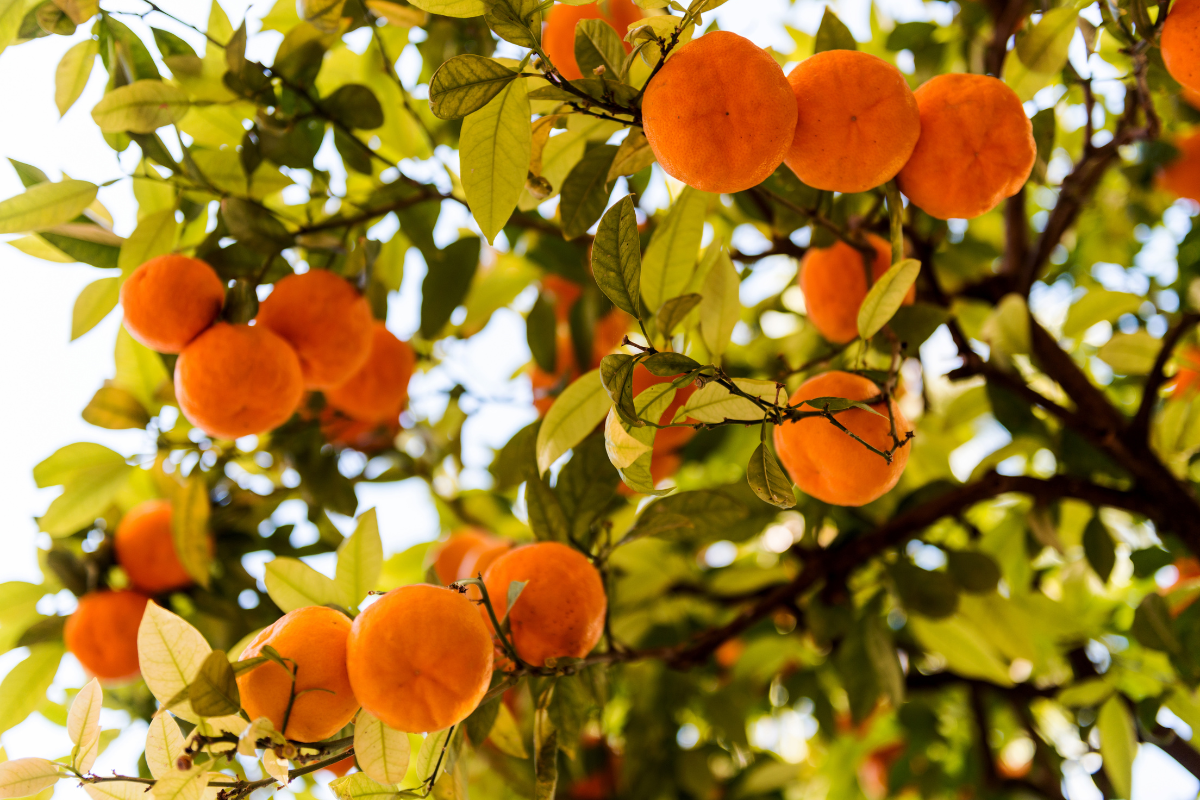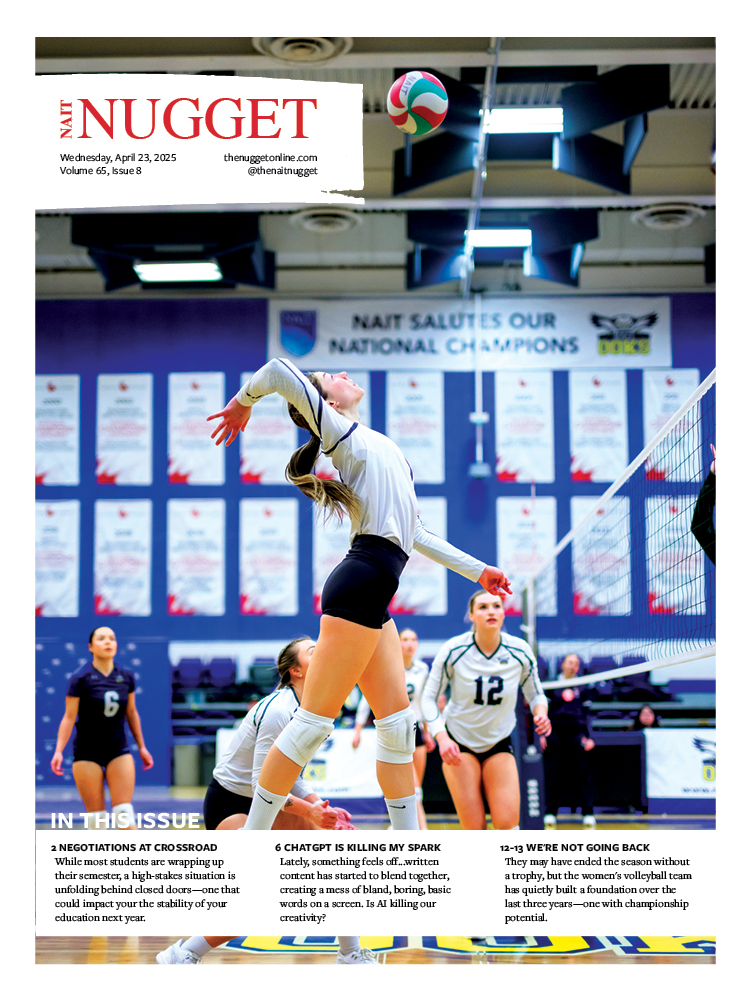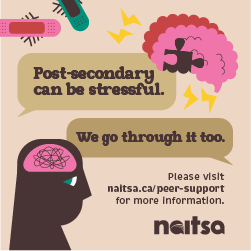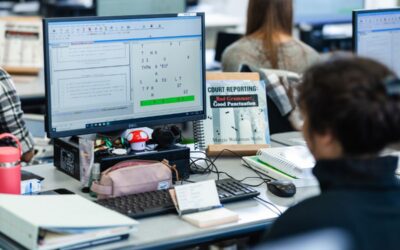A group of NAIT Landscape Architectural Technology students are helping Edmontonians learn how to better design our environments with the goal of sustainable long-term food production. Through their podcast, Edible Landscapes YEG, podcast founders Adam Klint, Bethany Johnson, Breanne Sheppard, Colin Shaw, Graeme Torrie and TJ Hokanson discuss how easy it can be to incorporate edible landscapes into your environment.
According to Colin Shaw, growing your own food is not as hard as you think it is. It’s quite simple to start incorporating edible landscapes into your environment. “You don’t need to have a big garden, like my family has three garden boxes that we wheel around the yard all the time. You don’t need to do that—a pot in the window with some basil on it. There you go. You started,” Shaw explained.
Maintaining an edible landscape such as a garden also doesn’t take too much time once it is set up. “It might be five to ten minutes a day [like] when you walk in from your car to your house,” said Hokanson. Established fruit trees, perennials and other edible plants native to Alberta take up even less time and money. Curating the environment around you with food production in mind is “not only good for the environment, it’s good for your wallet,” Shaw said.
The students are passionate about finding connections between sustainable, local and affordable plants and produce that benefit both people and the environment.
“I think that there’s a lot of disconnect between where we get our food from, and a lot of our food comes from overseas. We just don’t see the processing involved with how it gets from where it’s grown to our plate. And again with the price of food going up and food security; not always being super consistent, the idea of sharing information on how to grow food and how to engage yourself with your surrounding environment and your landscape in a way that is beneficial for the ecosystem that you live in,” said Torrie.
When you grow your food, you know where your food came from and what has been put into it pesticides or not. It also provides a sense of accomplishment when you can proudly say, “I grew that!”
For students looking for an easy to grow plant, Hokanson suggested to “start growing dill. I tell everyone if you want to try growing herbs, just grow dill.” Dill can grow in even the poorest conditions, and it’s a perennial which means it will return every year. It will continue producing food for you for as long as you take care of it.
The Edible Landscapes YEG podcast is on Spotify, so students can listen to it while they’re exploring or taking care of their plants. So far, it has three episodes available to listen to:
Episode one features Jordan Voogd from Sunstar Nurseries where they discuss a variety of plants and maintenance best for Edmonton zone 3a and 3b climates.
Episode two features Allan Suddaby, an instructor of the NAIT Culinary Arts program where they discuss different ways to prepare and preserve food.
Episode three features horticulturist Daryl Klint where they discuss proper care and maintenance of fruit trees and shrubs, such as using fertilizer and the best times to prune your plants to promote new growth.
Using the Edible Fruit Trees Map by the Edmonton Food Council, podcast listeners can explore what they’ve learned and check out edible landscapes available to the public. You can find cherries, blueberries and hazelnuts are a few examples of what edible landscapes bring to the city. Discovering what you can eat from the plants around Edmonton makes for a fun spring activity or date idea.
Support your fellow NAIT students and learn more about edible landscapes by listening to Edible Landscapes YEG on Spotify and follow their Instagram @LAT.NAITediblelandscapes.






